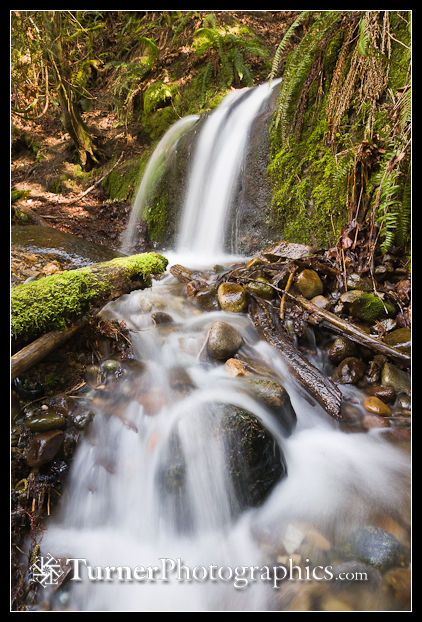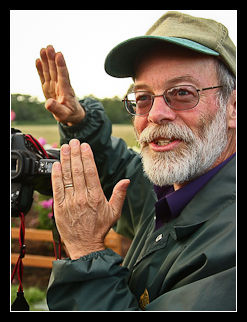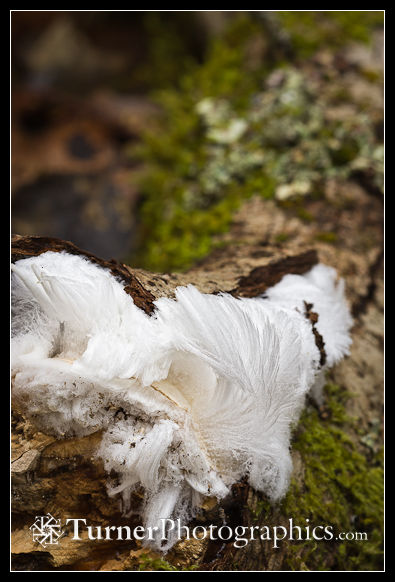Plant of the Month: Coast Fawn Lily
Delicate pink blossoms, pendant atop curving scapes, single or in pairs, beam a spot of color among emerging green on the forest floor this month. Coast fawn lilies (Erythronium revolutum) are one of our ephemeral spring beauties in the Pacific Northwest.
![0802087 Pink Fawn Lily blossoms [Erythronium revolutum]. Hi-Knoll Park, Surrey, BC. © Mark Turner Pink Fawn Lily blossoms](/wp-content/uploads/2013/04/Turner_0802087.jpg)
Pink Fawn Lily blossoms
Coast fawn lily, also known as pink fawn lily, favors moist shady forests, including stream banks and other wet places, near the Pacific coast from British Columbia to California. According to Flora of North America it’s rarely found more than 100 km from the coast. Distribution is sporadic, and while the species is not rare I haven’t seen it myself in very many places.



![1204906 John Day River [panoramic merged] [Juniperus occidentalis]. OR 19, Kimberly, OR. © Mark Turner 1204906 John Day River [panoramic merged] [Juniperus occidentalis]. OR 19, Kimberly, OR. © Mark Turner](/wp-content/uploads/2013/03/1204906_pan.jpg)
![0400965 Indian Plum blossoms & foliage [Oemleria cerasiformis]. Van Duzer SP, OR. © Mark Turner Photo: Indian Plum blossoms](/wp-content/uploads/2013/03/Turner_0400965.jpg)



![1209656 Slough Sedge [Carex obnupta]. 100 Acre Woods, Bellingham, WA. © Mark Turner Slough Sedge](/wp-content/uploads/2013/01/Turner_1209656.jpg)
